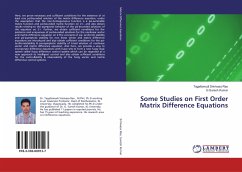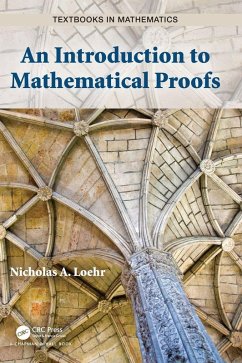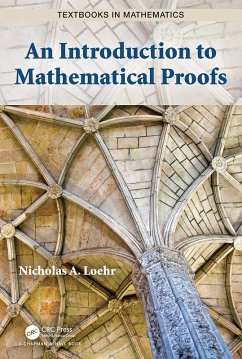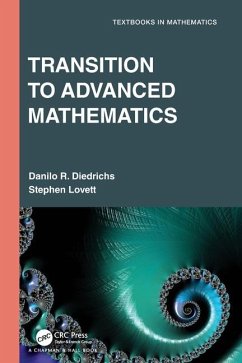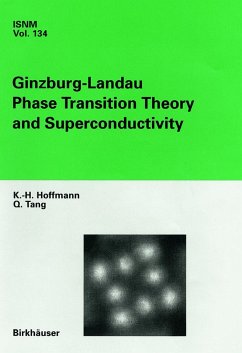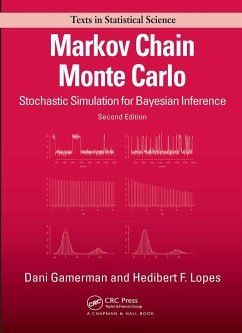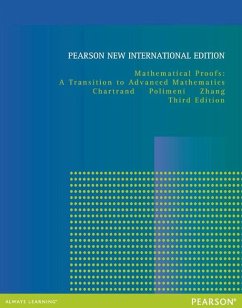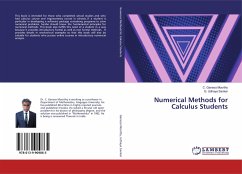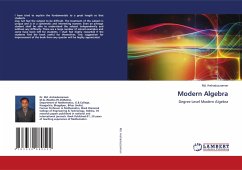
Markov Transition Matrices For Cohorts Of Students (JKUAT)
Versandkostenfrei!
Versandfertig in 6-10 Tagen
24,99 €
inkl. MwSt.

PAYBACK Punkte
12 °P sammeln!
Higher Education Instutions in Kenya have encounterd rapid expansion of programs, departments in the recent years and this has profound impact on the entire society.This continues to demand a greater proportion of the country's financial resources and the cost is borne solely by the Government.As result of this events much of the attention centres on the lag between the time students are admitted and the time they are graduating.The purpose of this research is to investigate the flow of students in the BSc.physical Science programme in JKUAT via Marcov analysis.A sample of BSc.Actuarial Scienc...
Higher Education Instutions in Kenya have encounterd rapid expansion of programs, departments in the recent years and this has profound impact on the entire society.This continues to demand a greater proportion of the country's financial resources and the cost is borne solely by the Government.As result of this events much of the attention centres on the lag between the time students are admitted and the time they are graduating.The purpose of this research is to investigate the flow of students in the BSc.physical Science programme in JKUAT via Marcov analysis.A sample of BSc.Actuarial Science 2005 and 2006 cohort was used. A transition model that is used here describes the stocks and flows of students through an education system in terms of transition ratios.The results show that under fairly general Markov chain model of the transitional determination, student flows do not display the random walk characteristics which may be interpreted as purely following a Markov process.



